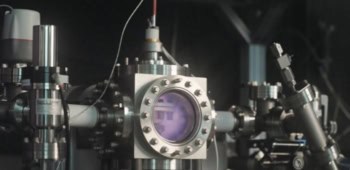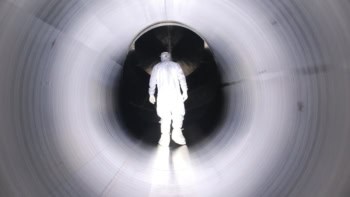EU research ministers have decided to put forward France rather than Spain as Europe’s preferred site for the International Thermonuclear Experimental Reactor (ITER). The CEA’s research centre at Cadarache near Aix-en-Provence will now go head-to-head with a site at Rokkasho-mura in Japan in the competition to host the $5bn fusion experiment. A decision on the final site is expected to be taken early next month.
ITER will be the next step in the quest to prove that fusion – the process that powers the Sun – can be a viable energy source. A fusion reactor would generate electricity by confining a high-temperature plasma of deuterium and tritium. Energy is released when deuterium and tritium nuclei undergo nuclear fusion to produce alpha particles and neutrons. The plasma is confined by magnetic field in a doughnut-shaped device known as a tokamak.
The ITER project is an international collaboration between Canada, China, the EU, Japan, Korea, Russia and the US. The Cadarache laboratory, which is run by the French atomic energy commission (CEA), is home to the Tore Supra tokamak. Like Tore Supra, the ITER machine will also use superconducting coils to produce the magnetic fields that confine the plasma. Most existing tokamaks rely on conventional coils.
Cadarache was chosen ahead of a site at Vandellos near Barcelona in Spain despite a last minute offer by the Spanish government to double its contribution to the project from 450 to 900 million euros. Some 80% of the costs of ITER will be paid for by “in kind” contributions from the project’s partners.



